All products featured are independently chosen by us. However, SoundGuys may receive a commission on orders placed through its retail links. See our ethics statement.
What is Bluetooth multipoint?
July 22, 2024
We’ve all been there: it’s Friday afternoon, and the minutes are ticking away slowly, so to pass the time faster, you surreptitiously turn on Netflix. Well, with Bluetooth multipoint, you can use your work laptop to listen to your show while remaining aware of any work notifications that come through your phone, all with a single headset.
Using your favorite headset to connect to multiple devices simultaneously is a small delight that headphone manufacturers have largely neglected. As multipoint’s presence becomes more salient with the rise of Bluetooth LE Audio and the LC3 codec, more devices are starting to fully support the technology. Let’s break down what multipoint is and why it isn’t quite a universal feature.
Editor’s note: This article was updated on July 22, 2024, to add more information on using multipoint and answer additional FAQs.
What is Bluetooth multipoint?
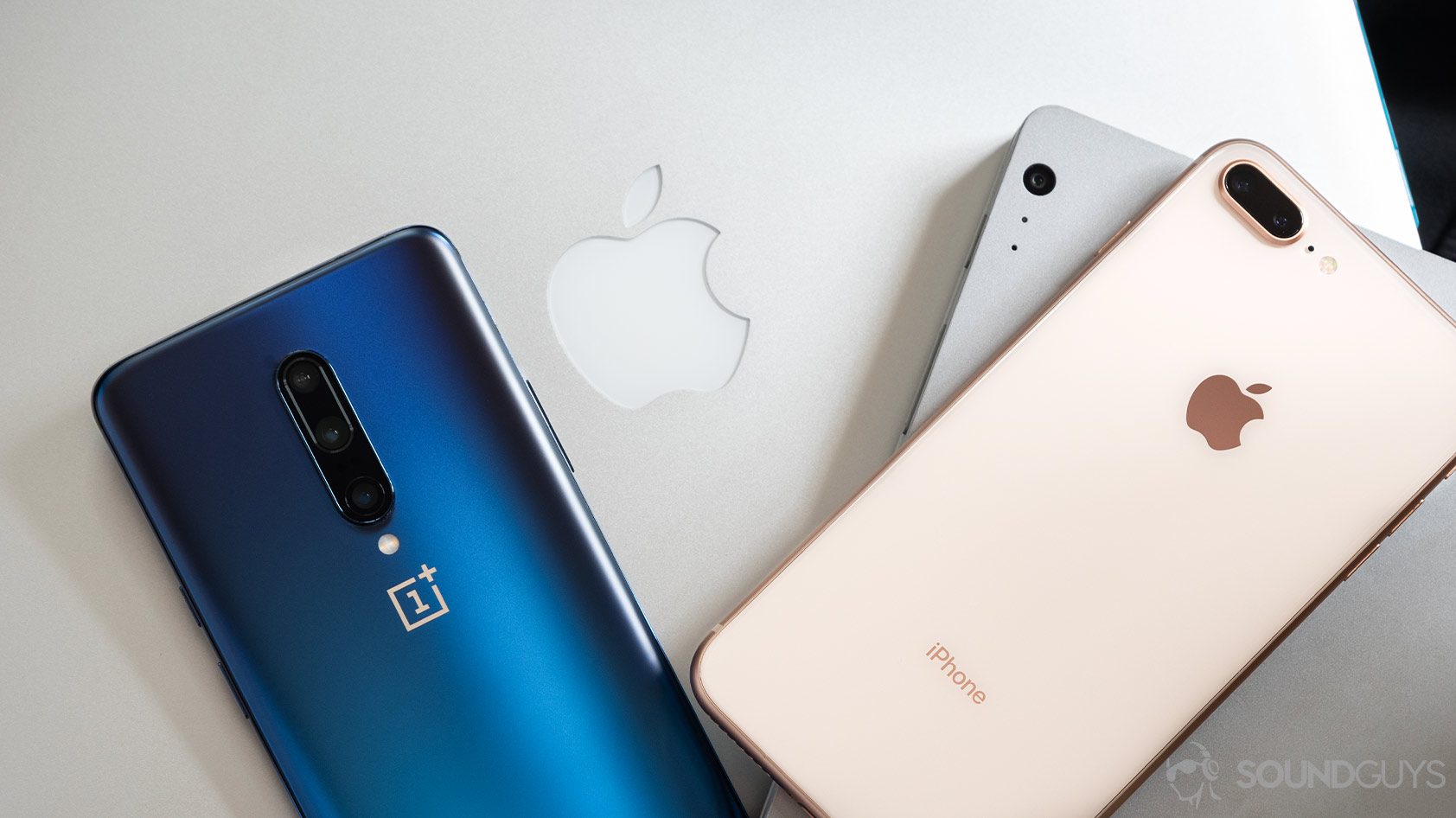
Bluetooth multipoint is a feature that allows a single Bluetooth headset to maintain simultaneous connections to at least two source devices, such as a laptop and smartphone. It was introduced with the release of Bluetooth 4.0 over ten years ago. For it to function, a device must support both A2DP and HFP/HSP connections for audio streaming and talking, respectively.
Some devices may support a phone and computer connection only, while others can support two simultaneous phone connections. It all depends on what Bluetooth profiles are supported. Bluetooth multipoint was originally intended for professional use. Say you have multiple work phones and use them all to field phone calls. Bluetooth multipoint would come in handy because you can be on one call without missing notifications from another device.
What are the limitations of Bluetooth multipoint?
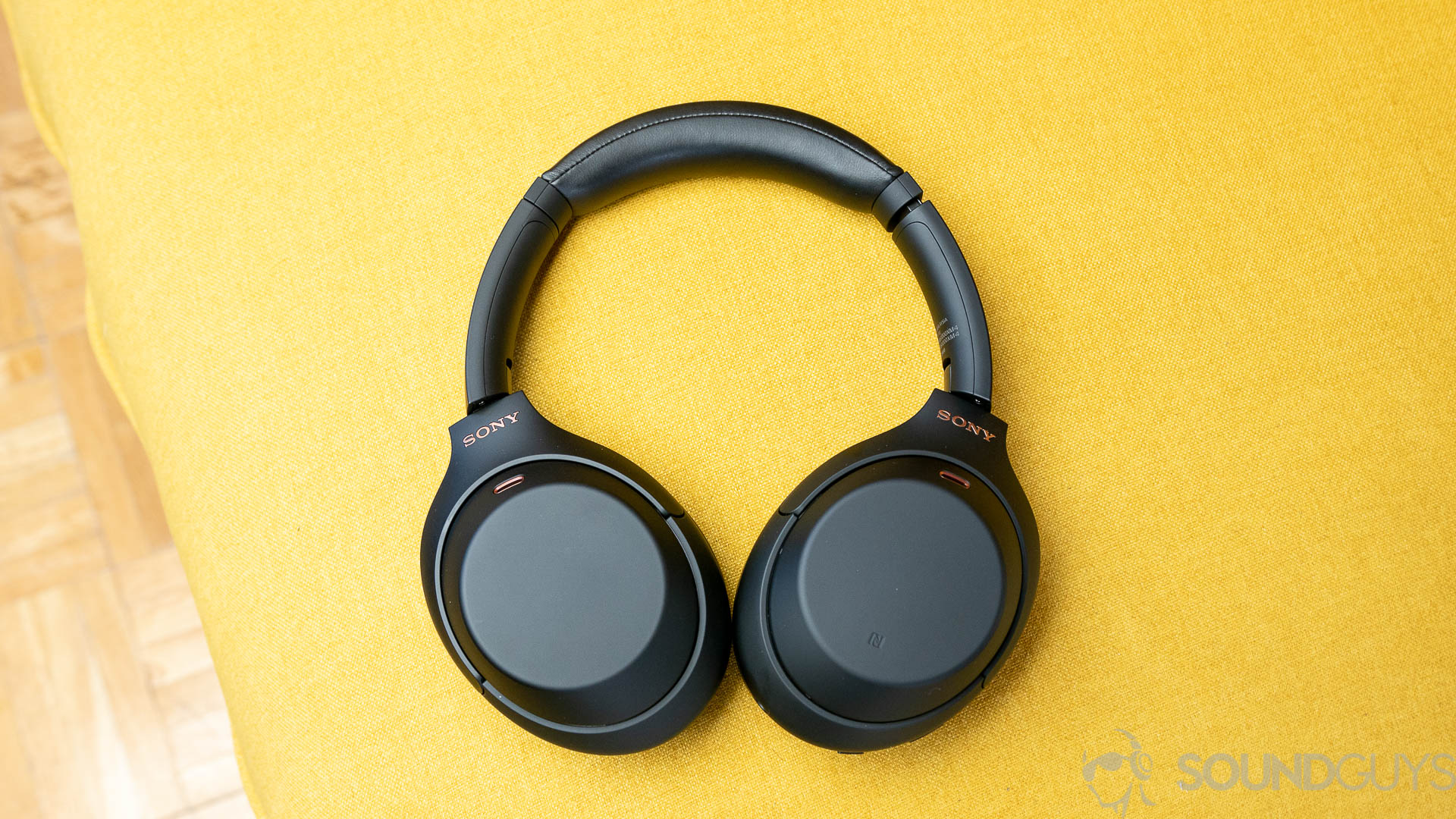
Bluetooth multipoint doesn’t necessarily mean that you can stream media from two devices at a time. Few headsets support this properly, and most are limited to designating one device as a media player and the other strictly for pushing notifications through. Other devices, like the Sony WH-1000XM4, only support multipoint connectivity over the AAC Bluetooth codec. It’s a mixed bag and something that’s rarely stated in marketing copy.
When supported, multipoint performance varies across consumer audio products.
Now that I’ve tried it, multipoint is difficult to do without. The technology lets me stream music and receive notifications from my laptop while keeping an ear on my phone for incoming calls. It automatically prioritizes a connection to the device receiving an incoming call over the one streaming YouTube videos.
How to use Bluetooth multipoint
Though the exact method for using multipoint with your Bluetooth headphones varies from product to product, in general, it involves maybe enabling the feature and then simply connecting to new devices. Compared to unpairing and repairing your headphones, you will be able to change connections either automatically or with minor input.
For more, check out our guide on using Bluetooth multipoint with popular headphone models. Alternatively, you could read the manual that came with your audio products for explicit instructions, or you could download the app that accompanies the product to tell it which devices it should be listening to.
Who should use Bluetooth multipoint?
Anyone will benefit from multipoint’s convenience. If your company provides you with a work phone, you can connect your compatible headset to both your personal and professional devices. It’s a great way to remain aware of everything and increase productivity.
The difference between simple multipoint and advanced multipoint
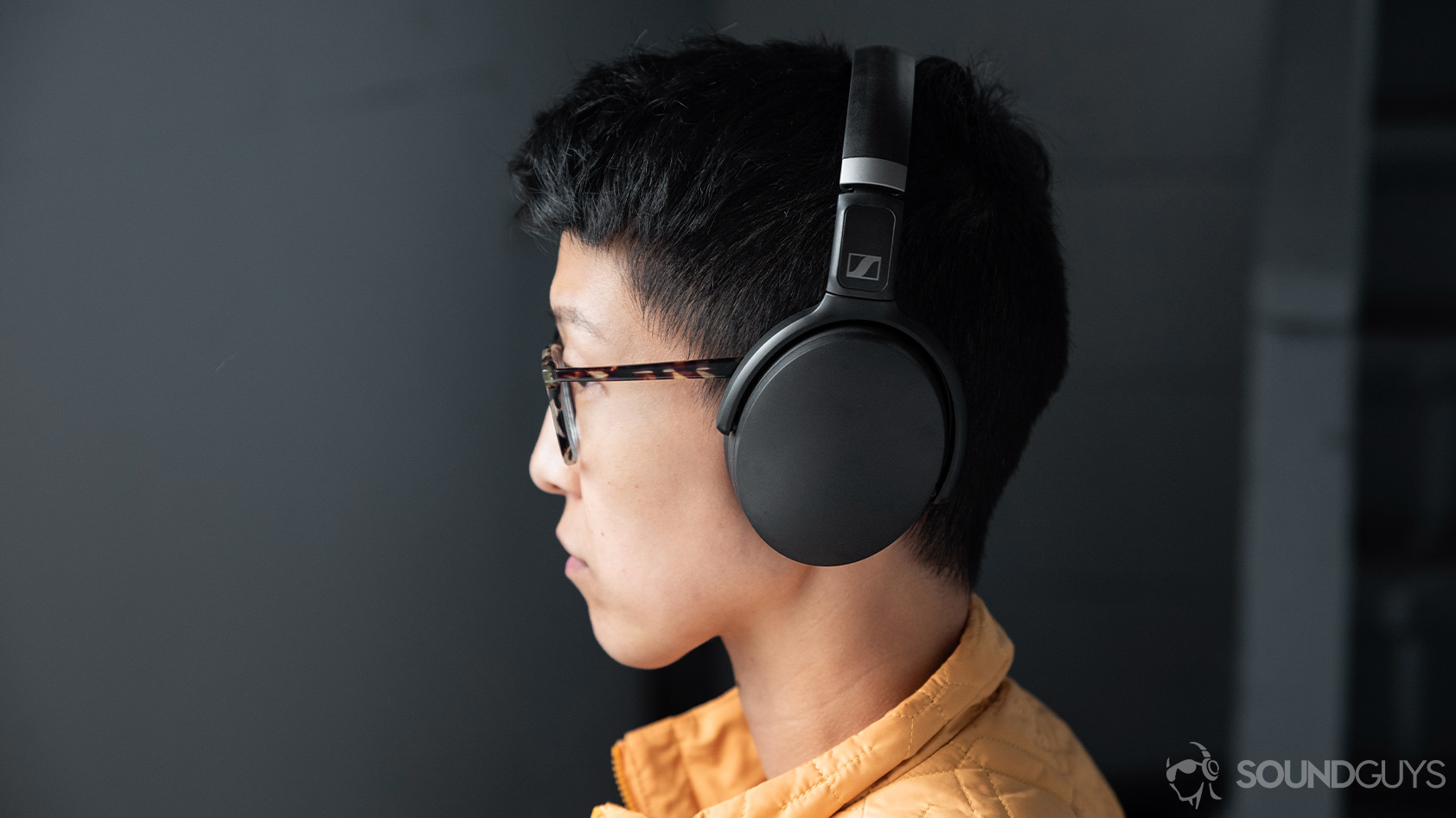
Simple and advanced Bluetooth multipoint operates on the same principle: one headset connects to two devices at a time. However, simple multipoint is less advanced because it drops the current call from the primary source device once you answer an incoming call from the secondary source device.
Fortunately, most handsets support advanced multipoint, which puts a primary call on hold when a second incoming call is answered. This is great for anyone who likes to chat with their friends during lunch breaks but needs to remain available for professional events. Advanced multipoint is available in professional Bluetooth headsets but isn’t quite as ubiquitous within the consumer audio market. Some headsets even allow you to connect to three devices at the same time.
Why is multipoint support hard to find in wireless headphones?
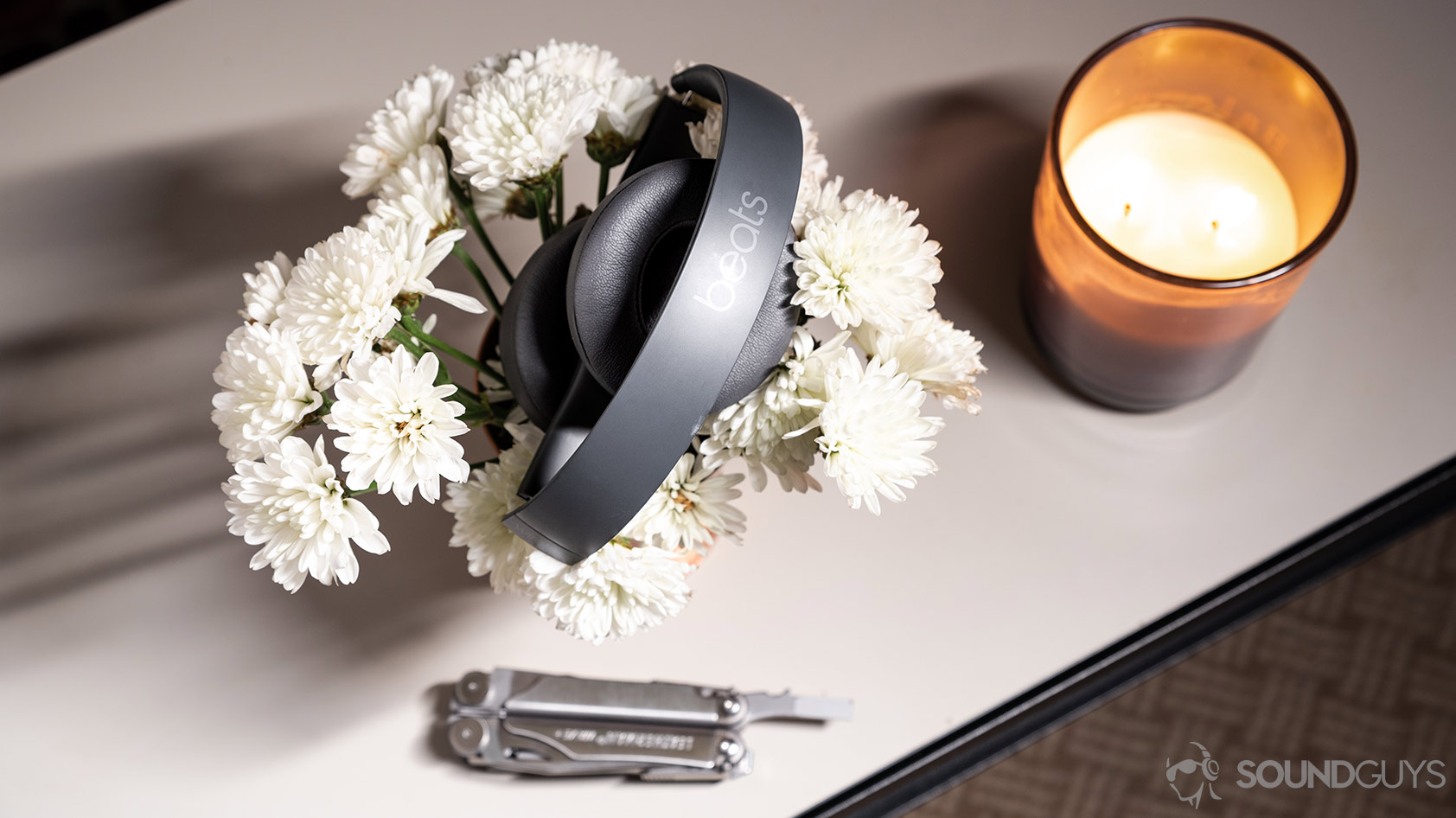
As with all features, there is a cost-to-benefit ratio that manufacturers must consider. Most general consumers don’t need multipoint; rather, it’s an appreciated convenience. However, for professionals, Bluetooth multipoint support is a necessity for juggling multiple tasks from multiple source devices. Not only does multipoint help notify listeners of incoming calls, but it also forwards notification pings, dings, and rings, so if you have sounds for Slack, email, and Skype, you can stay aware without physically removing yourself from the task at hand to check in.
Since it’s something of a frivolity for consumer headsets, companies don’t feel the need to implement the feature. Ultimately, including it adds to the retail price, which drives consumers away. What’s more, this technology isn’t without its shortcomings, at least in the consumer audio space, since many multipoint-supported headphones and earbuds struggle to switch between devices cleanly.
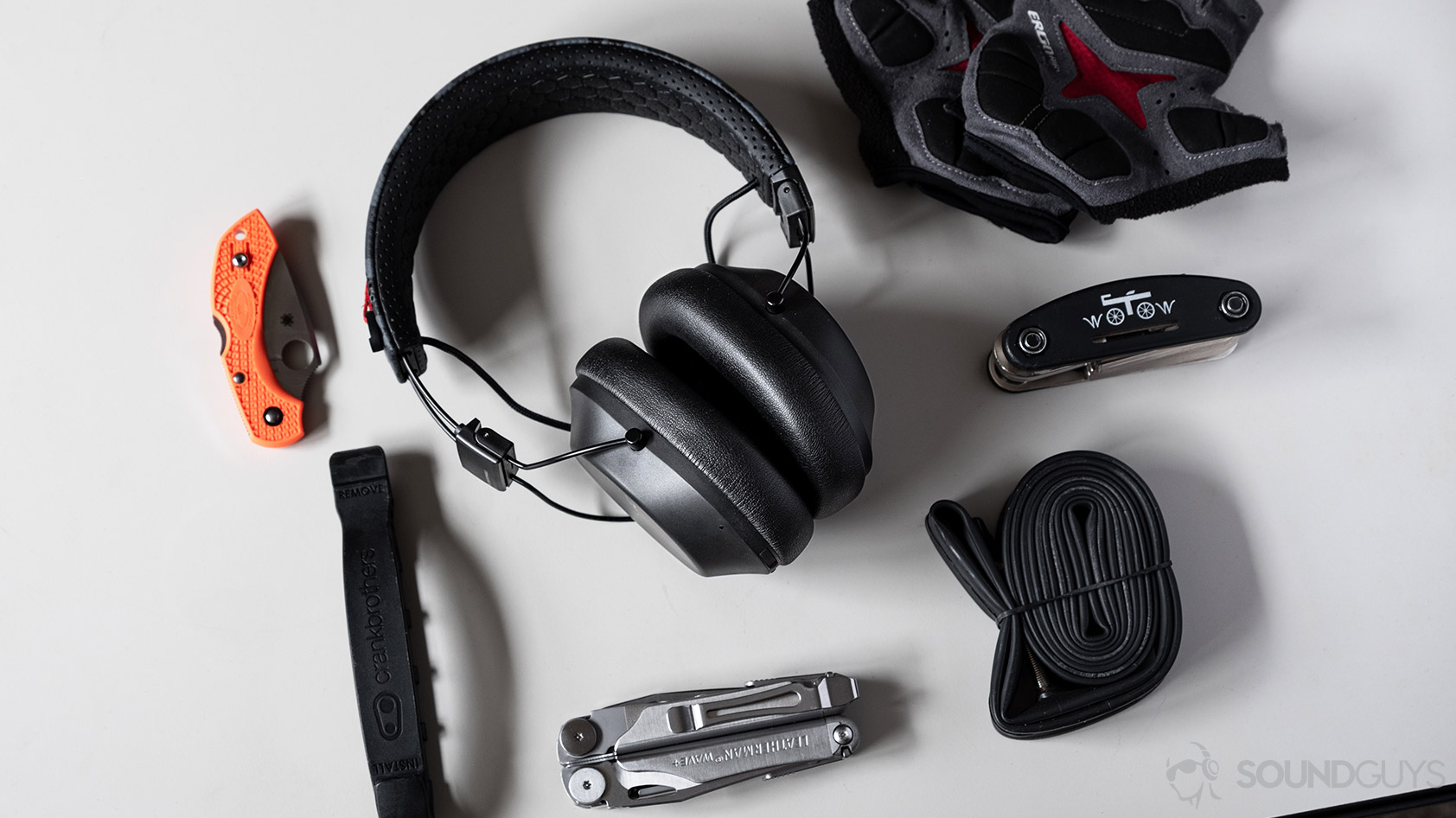
In the case of the Plantronics BackBeat FIT 6100, a white noise, static-like crackle is often emitted when notifications from the secondary device interrupt the primary device’s playback (e.g., when I watched movies on my laptop, and an incoming text came through on my phone, I heard a ping interrupted by a crackling sound).
In a space where multipoint isn’t a must-have feature, it seems difficult to justify introducing a technology that may be fraught with issues—at least on devices that primarily serve as headphones for audio playback rather than as communication headsets.
The Samsung Galaxy Buds Pro and Apple AirPods automatic device switching

Bluetooth multipoint seems to be a difficult technology to nail properly, and very few headsets do it well. Rather than deal with this, companies like Samsung and Apple prefer automatic device switching, which rids the need to manually disconnect from one device before reconnecting to another. When you use the Samsung Galaxy Buds Pro and Apple AirPods across compatible Samsung and Apple devices, respectively, the earbuds automatically detect playback when you hit play on the desired device. This means they switch source devices without you ever needing to enter the phone’s Bluetooth menu.
Frequently asked questions
Some true wireless earbuds, such as those from Jabra, do support multipoint. It’s not a universal feature and depends on the specific model.
Bluetooth 5.0 itself isn’t multipoint, but devices with Bluetooth 5.0 can support multipoint if the manufacturer implements it.
The process varies by product. Generally, you may need to enable the feature in settings or an accompanying app and then connect to multiple devices. Some headphones automatically support it once paired with multiple devices.
Yes, with multipoint-capable devices. However, limitations may apply, such as only being able to stream audio from one device at a time while receiving notifications from both.